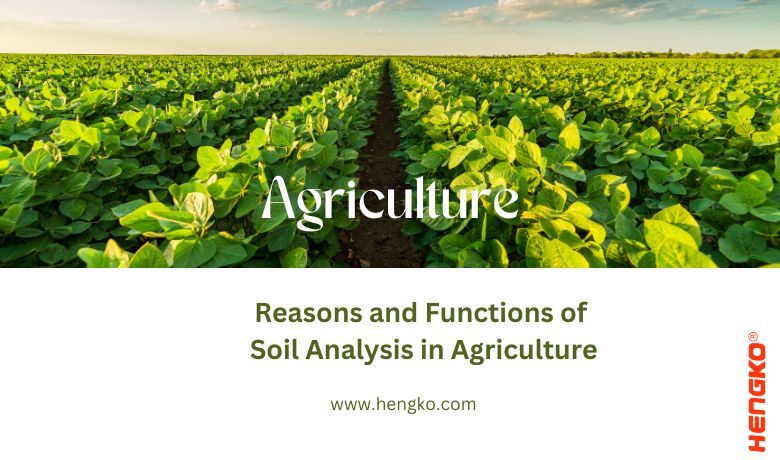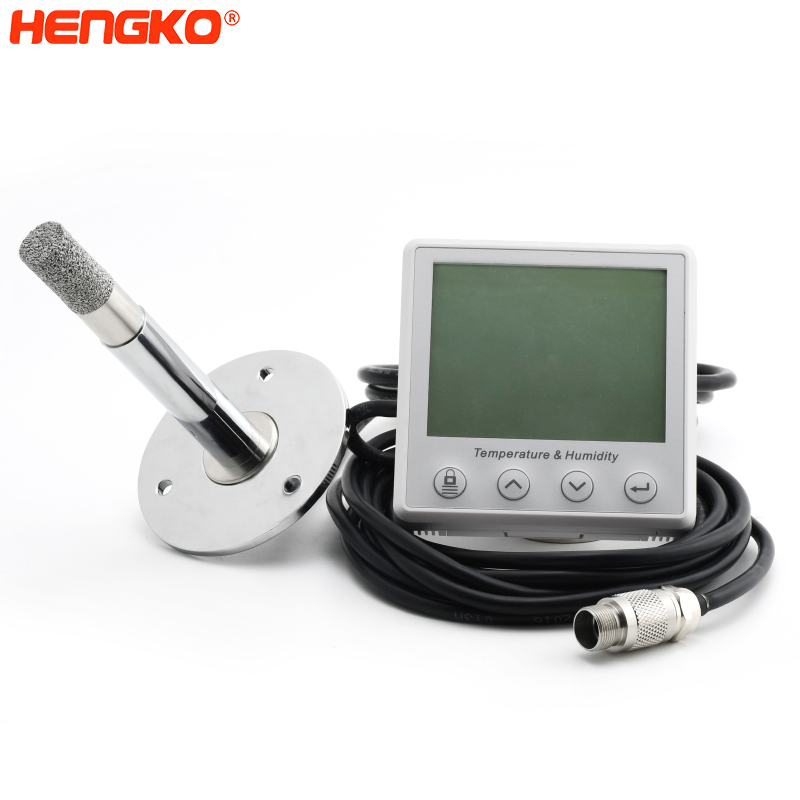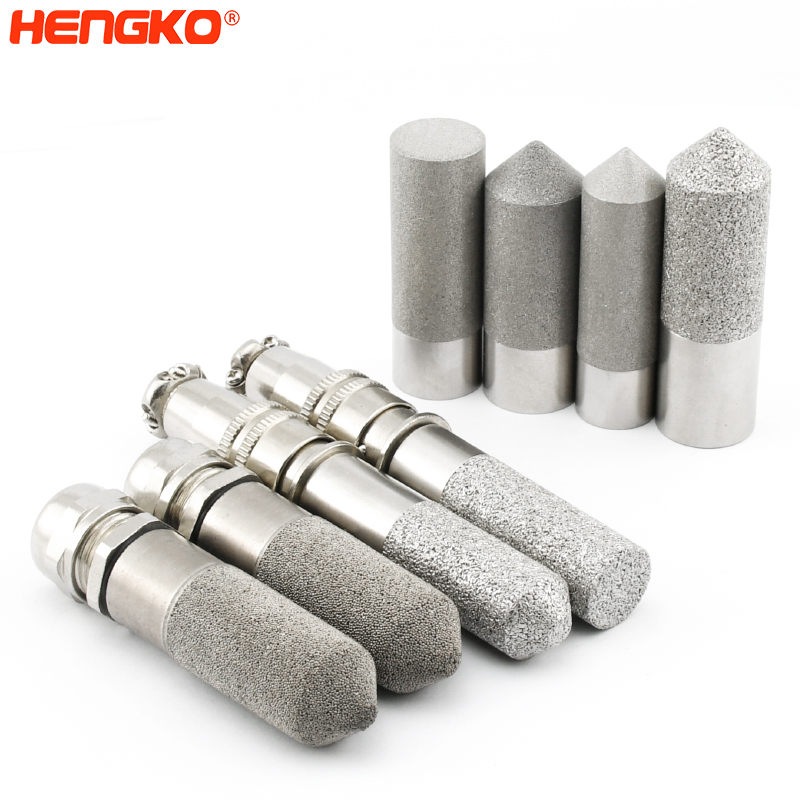Agriculture is a science as much as it is a way of life. Soil analysis, one of the most crucial aspects of this science, has a vital role to play. Let's dive in and understand why it's so important.
The Importance of Soil Analysis in Agriculture
Soil analysis is an essential part of agricultural practice, directly impacting crop growth and productivity. By understanding the soil's composition, farmers can make informed decisions to ensure a successful harvest.
A Closer Look: What is Soil Analysis?
Soil analysis, at its core, is the examination of soil samples to determine their physical, chemical, and biological characteristics.
Types of Soil Analysis
There are three primary types of soil analysis - chemical, physical, and biological.
1. Chemical Analysis
Chemical analysis evaluates soil nutrients and pH levels, allowing farmers to adjust fertilizer applications for optimal plant growth.
2. Physical Analysis
Physical analysis involves assessing soil texture and structure, which affects water retention and root penetration.
3. Biological Analysis
Biological analysis examines the microorganisms in the soil, which play a significant role in organic matter decomposition and nutrient cycling.
4. The Main Reasons for Conducting Soil Analysis
Understanding the soil's characteristics helps in numerous ways.
5. Crop Nutrition and Fertilizer Management
Soil analysis guides farmers in managing fertilizers and improving crop nutrition by identifying nutrient deficiencies and helping tailor fertilizer applications.
6. Disease and Pest Control
Through soil analysis, farmers can identify pathogenic organisms in the soil, enabling better disease and pest management.
7. Soil Erosion and Conservation
It aids in soil conservation efforts by helping farmers understand their soil's erosion potential and taking steps to prevent it.
Why do we need to detect agricultural soil?
This is because of the supply-demand Imbalance and unreasonable fertilization between soil and fertilizer in modern agricultural production.
It is necessary for the farmer to use the soil detector measuring the soil accuracy and adjusting the agricultural production.
Why does an imbalance exist between soil nutrient content and fertilization?
The answer lies in the fact that different crops extract different nutrients from the soil, thus depleting specific soil nutrients.
If only a single type of fertilizer is used for replenishment, it's unlikely to fully restore the soil's nutrient balance. Modern agriculture
also grapples with issues like suboptimal fertilizer utilization or excessive fertilizer use. Such practices not only lead to wastage
but also contribute to environmental pollution and potentially, a decline in crop yield. Over-fertilization can cause soil compaction
and significantly impact our future agricultural sustainability.
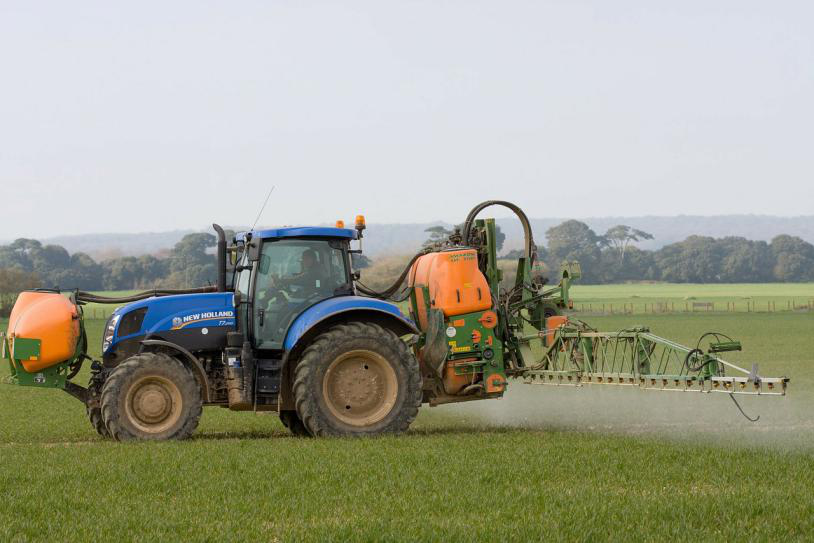
So can we do to change this situation? Must to detector the soil. Because it can help us to discover the details of soil. It is not only the content detection of nitrogen, phosphorus, potassium, organic matter, soil temperature and humidity, PH value and other index data detection is also important.
Monitoring factors like soil temperature and humidity is essential for optimal plant health. If soil water content dips too low, photosynthesis - the process that powers plant growth - can be negatively affected. Severe water deficiency can even lead to the death of crops.
The total volume of the soil's void space remains constant, with water and air filling this space. If water levels are too low, plant roots fail to absorb the necessary amount of water. The process of transpiration causes plants to lose significant amounts of water, potentially leading to dehydration and subsequent death. Lack of water can also harden the soil and cause it to crack, damaging its structure and fertility.
Low soil moisture and humidity levels can greatly impair the normal growth and development of crops. However, an excess of water is equally detrimental. If the soil is too waterlogged, air occupies a smaller proportion of the soil's void space. This forces the plant roots to switch to anaerobic respiration, a process that produces alcohol. This substance is toxic to the roots and can cause root rot and, in extreme cases, plant death.
How Soil Analysis Influences Agricultural Productivity
1. Enhanced Crop Yield and Quality
Through the precise application of nutrients, soil analysis can improve crop yield and quality.
2. Improved Soil Health
Soil health is vital for long-term agricultural productivity. Soil analysis can identify issues and help farmers to take steps to improve soil health.
3. Sustainable Farming and Environmental Conservation
By enabling precise fertilizer application and promoting soil conservation, soil analysis supports sustainable farming and environmental conservation.
4. The Future of Soil Analysis in Agriculture
As agricultural technology evolves, so does soil analysis. With the rise of precision agriculture and big data, soil analysis is set to become more accurate
and accessible, contributing to a more sustainable future for farming.
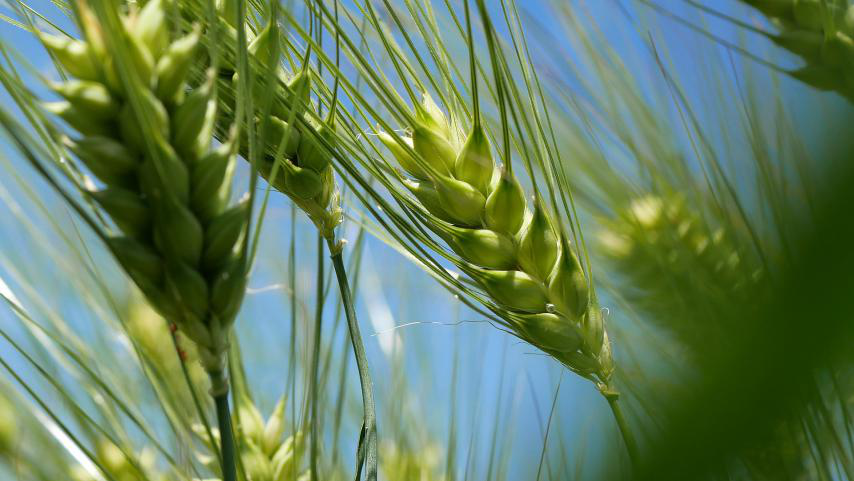
Now, I think you have understood the importance of soil humidity. Regarding the growth of the plants. Not only the humidity. A suitable temperature is also important. Suitable soil temperature is better for the growth of plants. Too low or too high temperatures are not conducive to plant growth. The plant seed must be germinated in a suitable soil temperature range. Within a certain temperature range, the more high the soil temperature, the more quickly growth of the crops. Different plants have different temperature requirements. The monitor of soil temperature makes crops growing at a suitable temperature to increase the harvest.
Soil moisture temperature plays an important role in the growth of crops. Regular testing is essential. Soil temperature and humidity sensor is a top tool to detector temperature and humidity. The temperature and humidity sensor uses an integrated temperature and humidity probe as a measuring element. Temperature and humidity signals are collected and processed by voltage stabilizing filtering, operational amplification, nonlinear correction, V/I conversion, constant current and reverse protection circuits.
The output of a current or voltage signal is converted into a linear relation of temperature and humidity. The output of 485 or 232 also available via the main control chip. In the measurement of soil temperature and humidity, the probe should be inserted as deep as possible into the soil, and the probe should be kept about 1cm away from the soil so that the measurement will be more accurate.
Many element will effect the accuracy of measuring, the probe shell also has a great influence on the protection effect and air permeability of PCB module. Stainless steel filter housing can protect the PCB effecient. HENGKO temperature and humidity sensor housing is durable, safely and effectively protect PCB modules from damage, great advantage of dustproof, anti-corrosion and waterproof. Up to IP65 protection level, humidity sensor module can be more effectively protected from dust, particulate pollution and oxidation of most chemicals, to ensure its long-term stable normal operation, close to the theoretical life of the sensor.
Conclusion
Understanding the soil through analysis is pivotal for a successful farming practice.
As the future of agriculture becomes more intertwined with technology, soil analysis will become more critical than ever.
FAQ
1. Why is soil analysis important in agriculture?
Soil analysis helps farmers understand the composition of their soil, enabling them to make informed decisions about fertilization, pest control, and soil conservation.
2. What are the types of soil analysis?
There are three main types of soil analysis - chemical, physical, and biological. Each serves a unique purpose in understanding the soil's characteristics.
3. How does soil analysis impact crop yield?
Soil analysis allows for precision in applying fertilizers and managing soil health, leading to enhanced crop yield and quality.
4. What role does soil analysis play in sustainable farming?
Soil analysis contributes to sustainable farming by enabling precise fertilizer use, promoting soil conservation, and facilitating the management of pests and diseases.
5. How is technology changing soil analysis?
Technology is making soil analysis more accurate and accessible. Innovations like precision agriculture and big data are paving the way for advanced soil analysis,
enhancing agricultural productivity and sustainability.
Post time: Oct-24-2020
